One Currency, Two Europes: Towards A Dual Eurozone
The aftermath of the US subprime mortgage crisis in 2008 saw its influence spread around the world, including Europe. The European crisis turned out to be longer, deeper and more resilient than anticipated. An unexpected consequence was the increasingly divergent economic and financial situation of two main groups of countries within the Eurozone, which includes the countries that adopt the euro as their common currency. The divergence was caused by a number of factors, fundamentally stemming from the dissimilar economic and financial situation of its member countries and from the incomplete institutional architecture and the monetary and fiscal policies in the Eurozone. One Currency, Two Europes: Towards a Dual Eurozone seeks to explore these factors which give rise to the Eurozone's asymmetric composition and the growing difficulties and ineffectiveness that policies meet. It presents evidence to show how the presently incomplete institutional architecture of the Eurozone is the main reason for the extreme detrimental effects of the international crisis and austerity policies, along with the asymmetric economic situation and the insufficient mutual trust demonstrated by the vulnerable as well as resilient countries. Other than presenting a complete overview and analysis of the events that unfolded in the Eurozone as a result of the financial crisis that first emerged in the US, this book also suggests possible solutions which could help to reunify the Eurozone, and make the common currency sustainable and beneficial for all member countries. One Currency, Two Europes will be useful for policymakers who want to learn from the Eurozone's experience with the financial crisis and the importance of complete institutional architectures and inter-country economic convergence. It will also serve as a reference to students and researchers who would like more in-depth analysis of the crisis and the Eurozone's fiscal, monetary and institutional past, present, and future.
{{comment.content}}
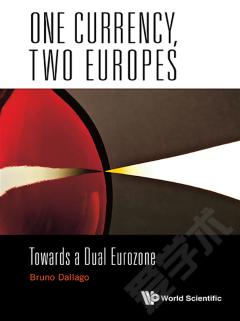
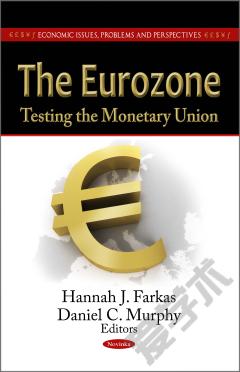
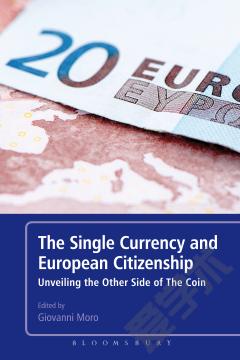


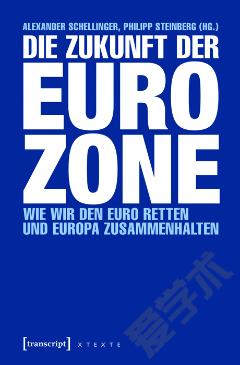
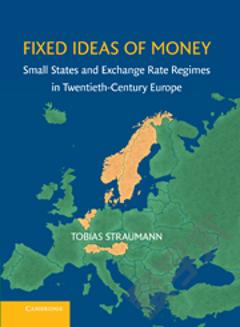

 京公网安备 11010802027623号
京公网安备 11010802027623号